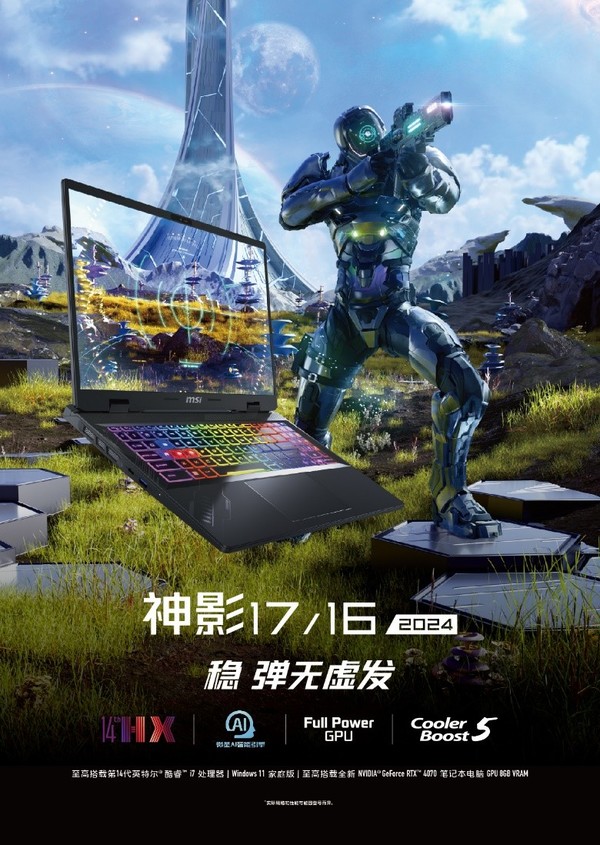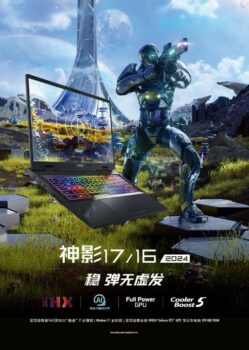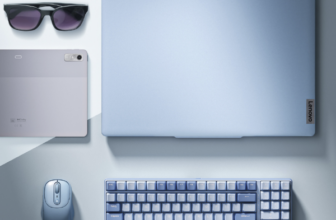Recently, two new products of the new gaming laptop series MSI Shenying 17/16 2024 will be pre-sale and will be officially launched on March 22. Among them, Shenyang 16 2024, equipped with 140W full-blood RTX4060, has a discounted first-release price of 8,349 yuan.
In terms of appearance, Shenying 17/16 2024 adopts a future spacecraft totem designed with environmentally friendly materials, and a personalized lighting system of a 24-zone RGB backlit keyboard brings a full e-sports gaming atmosphere. The LOGO of the colorful dragon shield makes it even more capable of having a future cosmic science fiction style.

In terms of performance, the Shenyang series uses the 14th-generation Intel Core i7-14700HX processor. It is based on Intel’s 7 high-performance process and features 20 cores and 28 threads. The single-core turbo frequency can reach 5.5GHz, offering strong performance. The new product also comes with the RTX4060 independent graphics card. For higher frame rates and better picture quality, users can opt for the RTX4070 version. With DLSS 3.5 technology, it maintains high frame rates and special effects, providing a more realistic gaming experience. To support this, the Shenying 17/16 2024 series uses a dual fan, 5 heat pipe MSI cooling system, ensuring optimal performance with the 140W graphics card.
The Shenying 17/16 2024 features a 2.5K+ resolution screen with a 240Hz refresh rate. It also has a 100% DCI-P3 professional color gamut and a 16:10-scale glazed moon screen.
For storage, the laptop includes 16GB DDR5 memory and a 1TB PCI-E 4.0 high-speed hard drive. As a result, this setup meets the needs of mainstream players. Additionally, it allows for easy future expansion, ensuring long-term usability.
In line with the AI PC era, the MSI Center control center integrates several useful AI functions. With the MSI AI intelligent engine, the laptop can automatically adjust performance, fan speed, and lighting modes based on the applications running. As a result, users experience optimized performance without the need for manual adjustments.
For more tech insights and updates, check out this blog.





